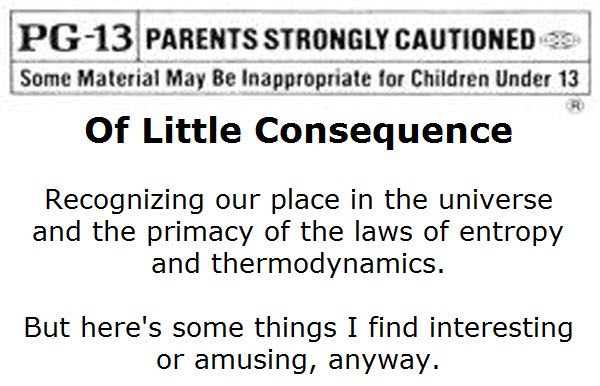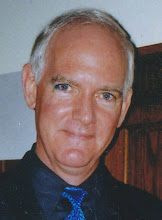OK, I orginally planned to write a long article about the Chernobyl disaster, but soon realized that there is little I can add to the detailed analysis and account found on Wikipedia at the link accessible on the header line of this post.
Interesting points I would highlight:
the disaster was caused by a culture of neglect, incompetency, disregarding legal and written procedures for both the constuction and operation of the facility, and indeed in all aspects of design, manufacture, construction, operation and regulation of these plants.
The specific RBMK design of the Chernobyl reactors only exists in the (previous) Soviet Union, and would not be allowed to be built in the West.
The 'final score' on the incident is somewhat controversial, since data from the incident has been slanted or outright fabricated for politcal purposes.
As far as actual, verified scientific data goes:
An international assessment of the health effects of the Chernobyl accident is contained in a series of reports by the United Nations Scientific Committee of the Effects of Atomic Radiation (UNSCEAR). These are available online for those who wish to read or download them.
In the aftermath of the accident, 237 people suffered from acute radiation sickness, of whom 31 died within the first three months. Many of these were the 'first responders.'
The UNSCEAR and IAEA reports state specifically that "there has been no increase in the rate of birth defects or abnormalities, or solid cancers (such as lung cancer) "
There is a statistically estimated figure that approximately 4,000 additional cases of thyroid cancer may occur througout the lifetimes of all individuals exposed. These cancers are among the most easily treated and have the highest survival rates of any cancer types, typically the five-year survival rate of thyroid cancer is 96%, and 92% after 30 years.
There is no evidence of long term genetic effects in human or animal populations in the region (which would be expected, since any genetic anomalies would only last one generation, and then die off).
The Prypiat Exclusion Zone is open for tourism with proper permits, and many web photo logs show the current state of this abandoned contryside.
There are still life-long residents of the area which refused to be evacuated -- some hiding in the woods, to later return to their homes.
I highly recommend the book Medvedev, Grigori (1989). The Truth About Chernobyl. VAAP. First American edition published by Basic Books in 1991. ISBN 2-226-04031-5 (Hardcover). At the time of the Chernobyl disaster in 1986, Medvedev was deputy director of the main industrial department in the Soviet Ministry of Energy dealing with the construction of nuclear power stations. Since Medvedev knew the Chernobyl plant well, he was sent back as a special investigator immediately after the 1986 catastrophe.
PS: This cannot happen in the West
PPS: One of the descriptions of a plant worker -- who (like all of them) knew nothing of what was occurring, went up a stairway leading to Reactor Room #4 of the plant, while the disaster/meltdown was occurring-- he looked out into the huge reactor containment room, where the gigantic steam explosion had just occurred, the graphite containment of the reactor core was burning and on fire, and the core was melting down...
The air in the huge room was filled with the bright blue light of Cerenkov radiation, and all the brightly burning graphite blocks...
He said it was 'very beautiful'.
He died a few days later from the direct radiation exposure he received. A coworker of his -- right behind him on the stairway, but who did not go into the reactor room -- survived.
Wednesday, October 27, 2010
Subscribe to:
Post Comments (Atom)



No comments:
Post a Comment